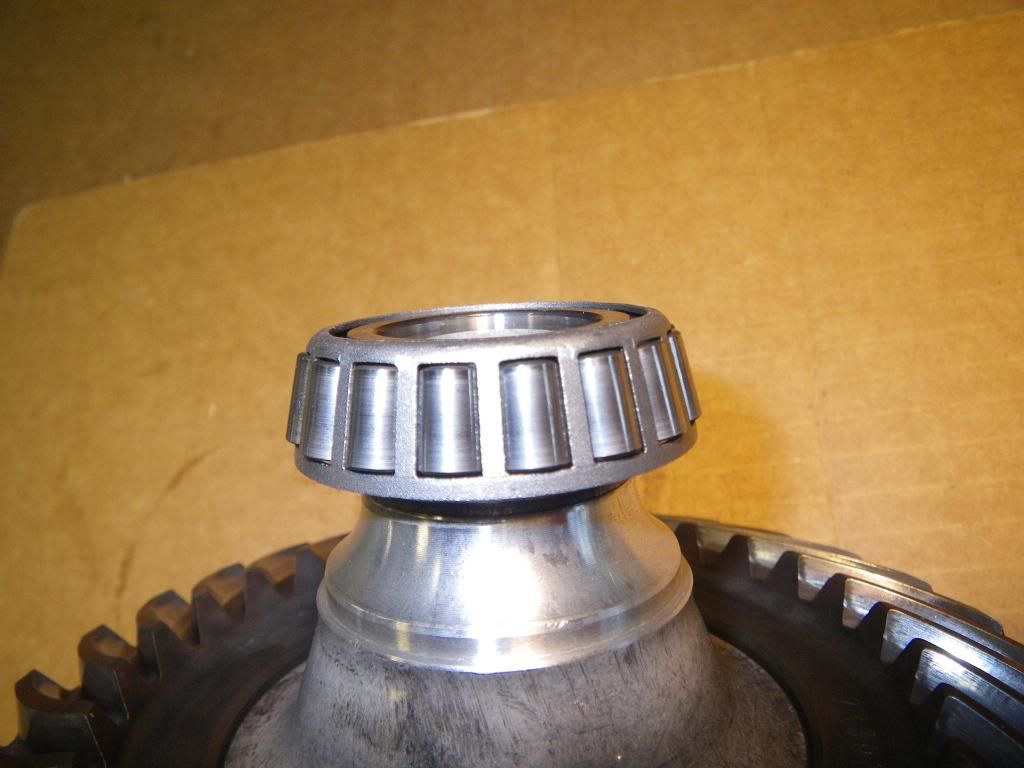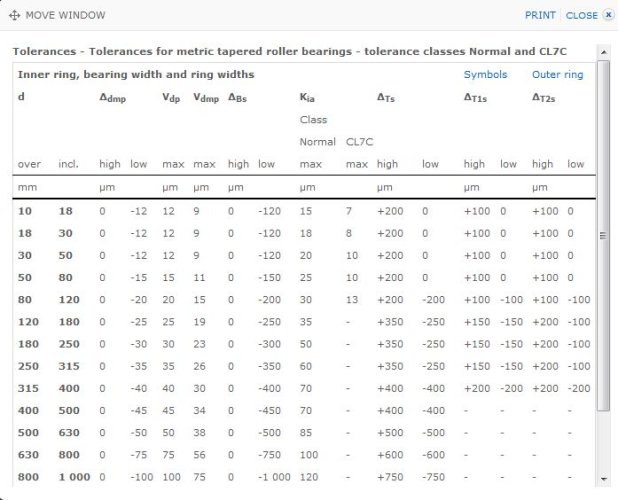AntonLargiader
Active member
I suppose you could measure the old race, bearing, and shim and compare it to the new bearing and race and adjust for the shim. But, this alternate method might be risky.
That's putting it mildly. The whole notion of doing that (and it's regurgitated on all forums, with everything that is shimmed) depends on it having been right to begin with. IT BROKE. Why would you want to put it back together the way it was?
Well that answers that question. The only reason I could think that BMW would specify a bearing puller rather than a splitter is a concern that maybe the crown gear wouldn't be strong enough for the load required to break the bearing loose.
You need to move the bearing about a half inch outward and you only have about a half inch of 'splitting' in which to do that. Or you have to then put it in a press or something - a secondary operation. A puller zips it off in no time flat. A puller is all I use. BMW wants their dealerships to use efficient tools. Jaws don't fit? Ummm .. you bought the wrong puller.
The backlash is usually too great on the bad FDs I receive for repair. There isn't a scenario under the sun that would let me ship a FD without checking the backlash.






